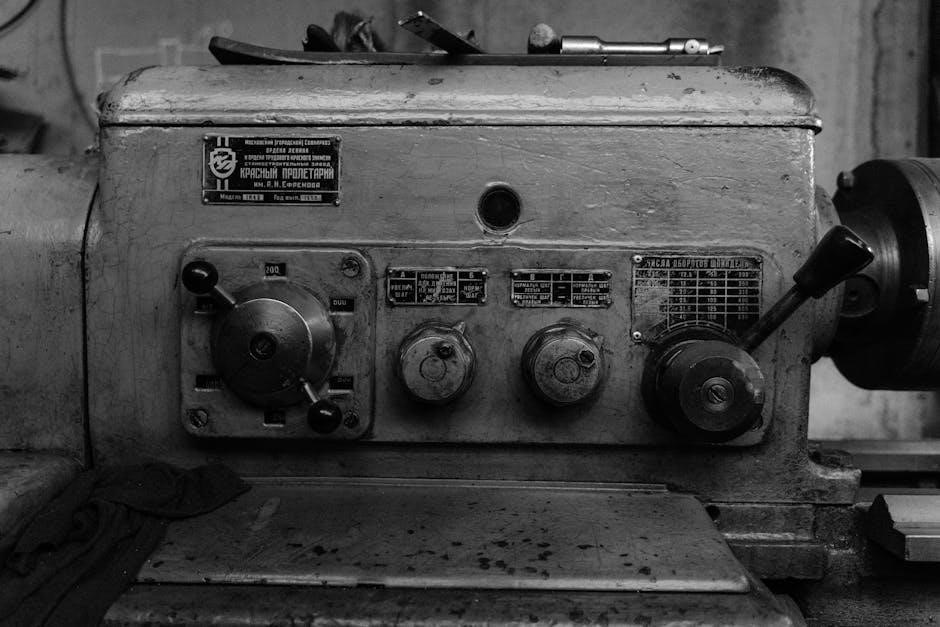manual machinist
A manual machinist is a skilled professional responsible for operating and maintaining various machine tools to produce precision parts and components. This role requires a deep understanding of machining processes, materials, and technical drawings to transform raw materials into finished products. Manual machinists work with equipment such as lathes, milling machines, grinders, and drill presses, ensuring accurate and efficient production.
Key responsibilities include interpreting blueprints, setting up machines, and performing operations like drilling, threading, and chamfering. Proficiency in reading engineering drawings and specifications is essential, as is attention to detail and the ability to work within tight tolerances. Manual machinists must also adhere to safety protocols, wearing protective equipment to ensure a secure working environment.
This role is critical in manufacturing, supporting the creation of tools, repairing machinery, and maintaining production quality. Manual machinists combine technical skills with hands-on expertise to contribute to the precision and reliability of industrial processes.
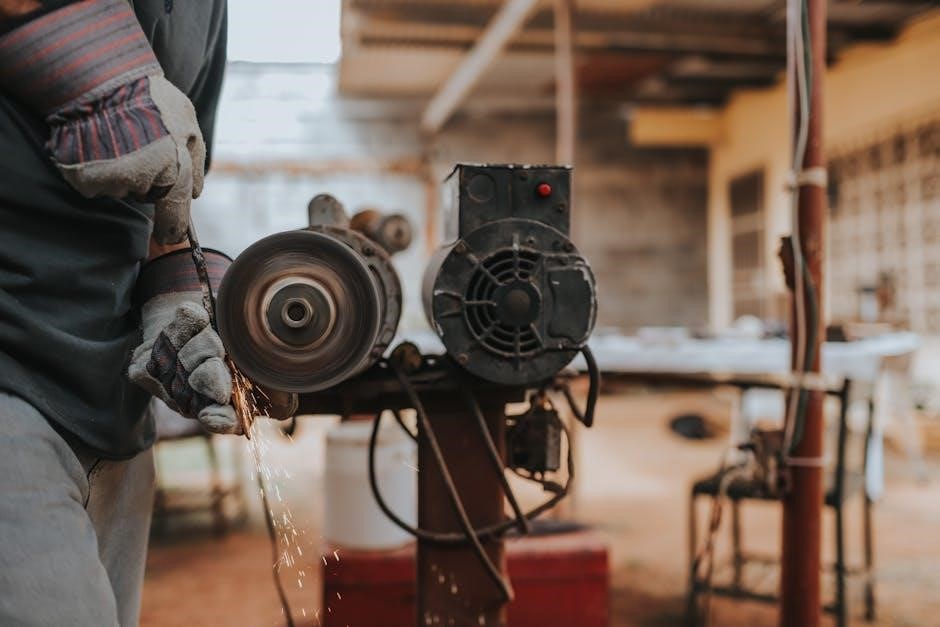
Definition of a Manual Machinist
A manual machinist is a skilled tradesperson specializing in the operation and maintenance of manual machine tools to fabricate, modify, or repair mechanical instruments and components. This role involves working with various materials, such as metals, plastics, and composites, to create precision parts that meet specific engineering specifications. Manual machinists are essential in industries that require high-precision components, such as aerospace, automotive manufacturing, and industrial equipment production.
At the core of a manual machinist’s responsibilities is the ability to interpret technical drawings, blueprints, and schematics to determine the appropriate machining processes. This includes understanding dimensions, tolerances, and material properties to ensure the final product meets quality standards. Manual machinists are adept at using a variety of equipment, including lathes, milling machines, drill presses, and grinders, to perform tasks such as cutting, drilling, threading, and polishing.
One of the key distinctions between a manual machinist and a CNC (Computer Numerical Control) machinist is the reliance on manual operations rather than automated systems. Manual machinists must possess exceptional hand-eye coordination, dexterity, and attention to detail to perform precise adjustments and measurements. They often work in environments where customization or small-batch production is required, making their skills indispensable.
The role of a manual machinist also involves setting up and calibrating machinery, selecting appropriate tools and cutting parameters, and ensuring the safe and efficient operation of equipment. Proficiency in using measurement tools, such as micrometers and calipers, is critical for verifying the accuracy of finished parts. Additionally, manual machinists may be responsible for maintaining equipment, troubleshooting issues, and performing routine maintenance to prevent downtime.
Given the importance of precision and accuracy in their work, manual machinists play a vital role in ensuring the quality and reliability of manufactured products. Their skills are fundamental to industries that rely on custom or specialized components, making them an essential part of the manufacturing workforce.
Moreover, the role of a manual machinist often involves problem-solving and adaptability, as they may encounter unique challenges when working with different materials or complex designs. By leveraging their expertise and experience, manual machinists contribute significantly to the success of manufacturing operations and the development of innovative products.
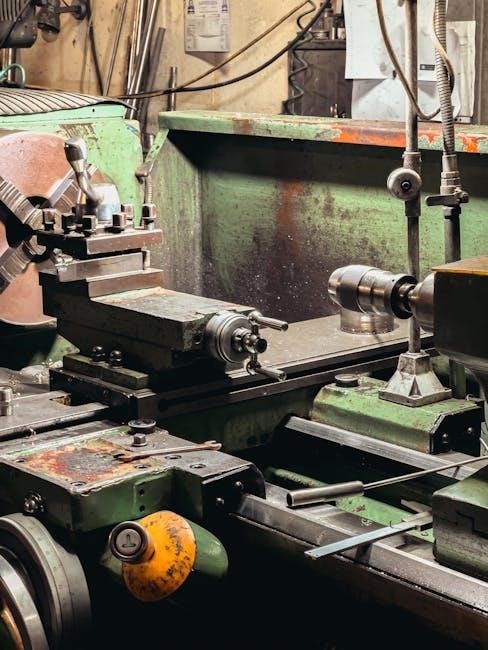
Role in the Manufacturing Industry
Manual machinists play a pivotal role in the manufacturing industry, serving as the backbone of production processes that require precision, customization, and high-quality components. Their expertise in operating and maintaining manual machine tools ensures the creation of intricate parts and instruments that are essential for various industrial applications. From aerospace to automotive manufacturing, the contributions of manual machinists are indispensable in maintaining the integrity and functionality of final products.
One of the most critical aspects of a manual machinist’s role is their ability to translate technical drawings and blueprints into tangible components. By interpreting these documents, they determine the most efficient machining processes, ensuring that each part meets exacting specifications. This attention to detail is crucial in industries where even the slightest deviation from tolerances can lead to operational failures or safety hazards. For instance, in the aerospace industry, the precision of components manufactured by manual machinists directly impacts the performance and safety of aircraft and spacecraft.
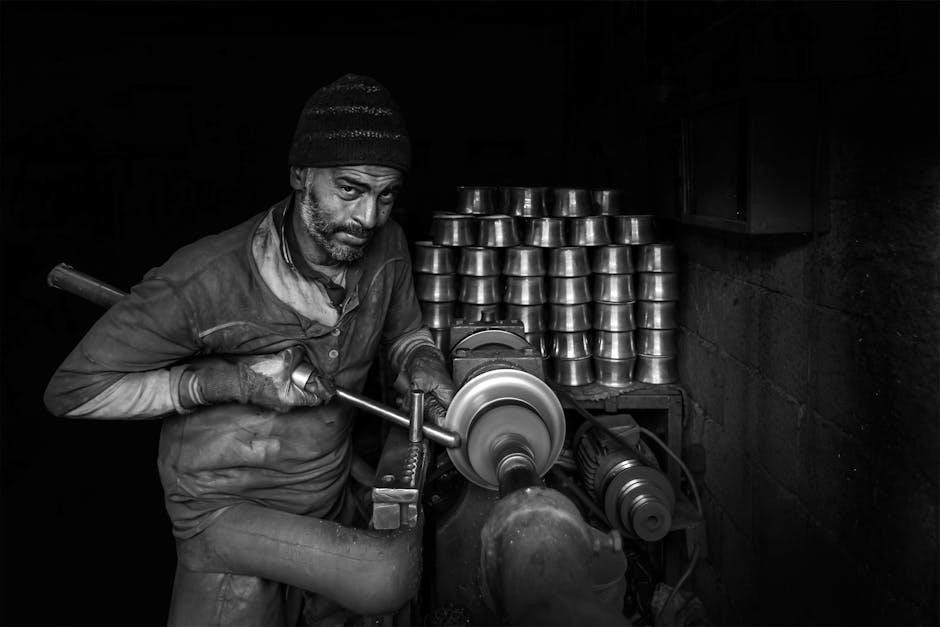
Manual machinists are also responsible for setting up and operating a variety of machine tools, including lathes, milling machines, drill presses, and grinders. These tools enable them to perform tasks such as cutting, drilling, threading, and polishing, all of which are essential for producing parts with the required surface finishes and dimensions. Their ability to work with diverse materials, such as metals, plastics, and composites, further underscores their versatility and value in the manufacturing sector.
In addition to their technical skills, manual machinists often serve as problem solvers within manufacturing teams. They troubleshoot issues related to machinery performance and material behavior, ensuring that production processes remain efficient and uninterrupted. This proactive approach not only enhances productivity but also contributes to the overall quality of manufactured goods. By identifying and addressing potential problems early, manual machinists help prevent defects and reduce waste, ultimately lowering production costs.
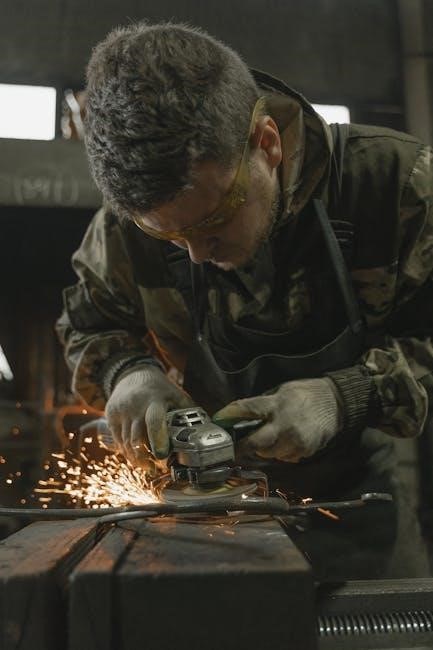
The role of manual machinists is particularly vital in industries where customization or small-batch production is required. Unlike automated systems, which are typically suited for large-scale, repetitive tasks, manual machinists can adapt to unique specifications and produce one-off or specialty components. This capability is especially important in sectors such as medical device manufacturing, where custom parts are often needed to meet specific patient or application requirements.
Moreover, manual machinists are often involved in the repair and maintenance of machinery within manufacturing facilities. By fabricating replacement parts and modifying existing components, they help extend the lifespan of equipment and minimize downtime. This aspect of their role is crucial for maintaining operational efficiency and reducing the financial impact of equipment failures.
Manual machinists also play a key role in training and knowledge transfer within the manufacturing industry. Many professionals in this field begin their careers as apprentices or assistants to experienced machinists, learning the intricacies of machining through hands-on experience. By sharing their expertise, manual machinists contribute to the development of the next generation of skilled tradespeople, ensuring the continued growth and innovation of the industry.
As industries continue to evolve, the demand for skilled manual machinists remains steady, particularly in sectors where precision and customization are paramount. Their contributions not only drive the efficiency of manufacturing processes but also uphold the quality standards that consumers and businesses rely on. In an era where automation is increasingly prevalent, the craftsmanship and expertise of manual machinists remain indispensable, ensuring that the manufacturing industry continues to thrive and innovate.
Ultimately, the role of manual machinists is a testament to the enduring importance of human skill and precision in an increasingly automated world. Their work lays the foundation for the development of advanced technologies and innovative products, ensuring that the manufacturing industry remains a cornerstone of global progress and economic growth.

